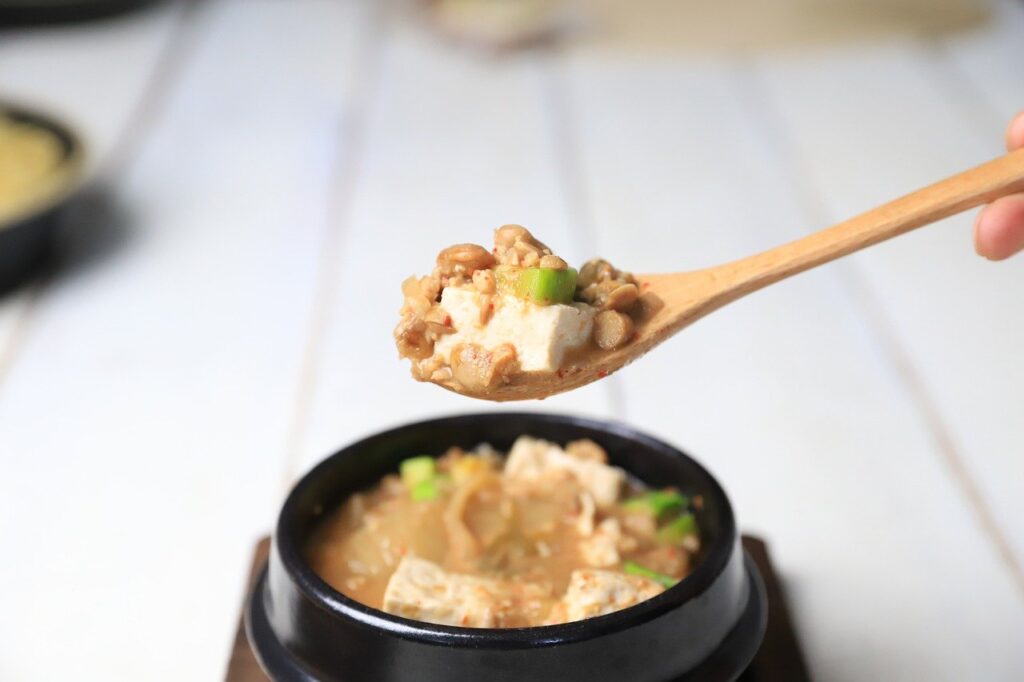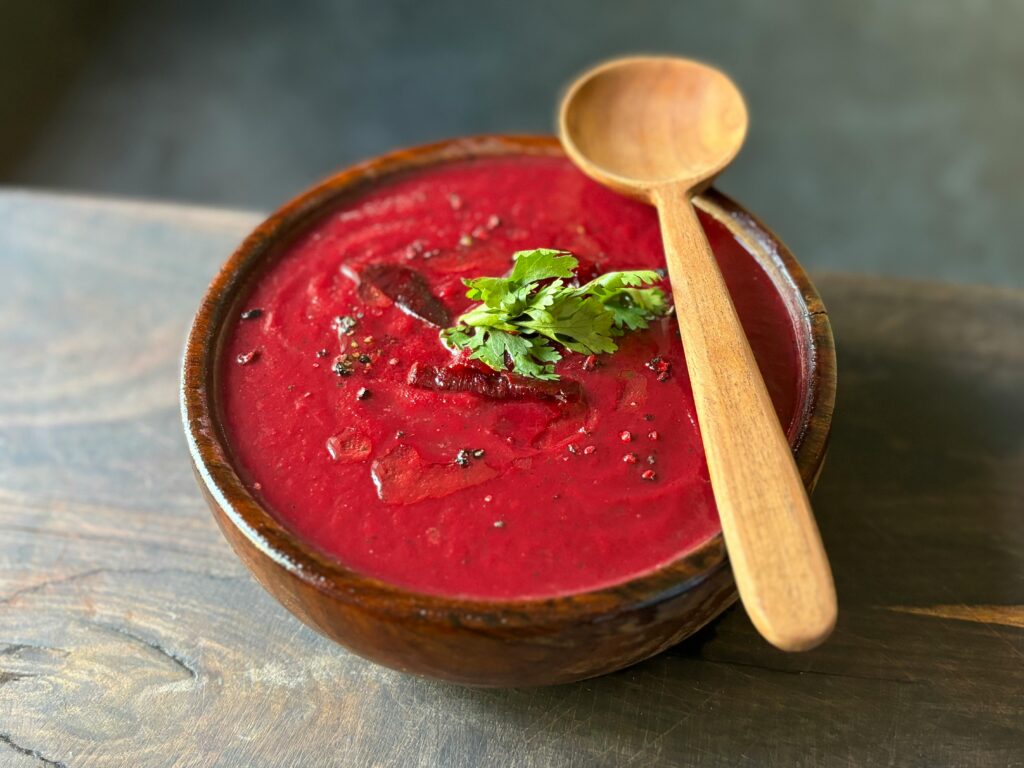A Japanese flavorful dish made with miso paste, which is made from soybeans, rice, or barley. Miso soup is typically served as a side dish but can be enjoyed on its own. In this recipe, we are making miso soup without dashi, making it a vegetarian and vegan-friendly option.
Miso paste varieties:
- Whit miso,
- Red miso,
- Mixed miso.
- White Miso : Milder and sweeter, it’s the most common in lighter miso soups.

2.Red Miso: Darker and more robust in flavor, with a slightly salty and umami-packed taste.

3.Mixed Miso: A combination of red and white miso, offering a balanced flavor.

Health Benefits
Miso is packed with beneficial probiotics due to its fermentation process, which can aid digestion. The soup is also a source of protein (especially from tofu), vitamins, and minerals like calcium and iron. The wakame seaweed adds iodine and other nutrients.
By adjusting ingredients to suit your preferences or dietary needs, you can create a variety of delicious, personalized miso soups without dashi!
Nutritions:
Calories: 35–70 kcal
Protein: 2–4 g
Carbohydrates: 4–6 g
Fats: 1–2 g
Fiber: 1–2 g
Sodium: 700–900 mg
Vitamin K: From seaweed.
B vitamins: From fermented miso paste.
